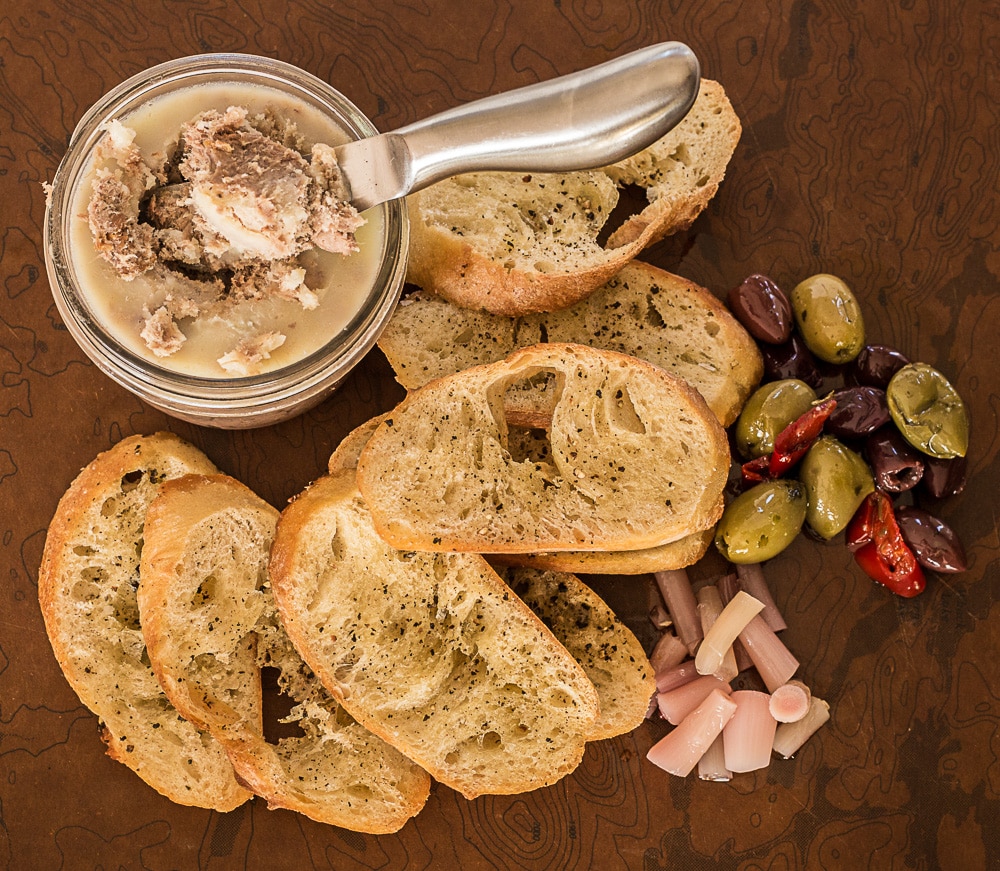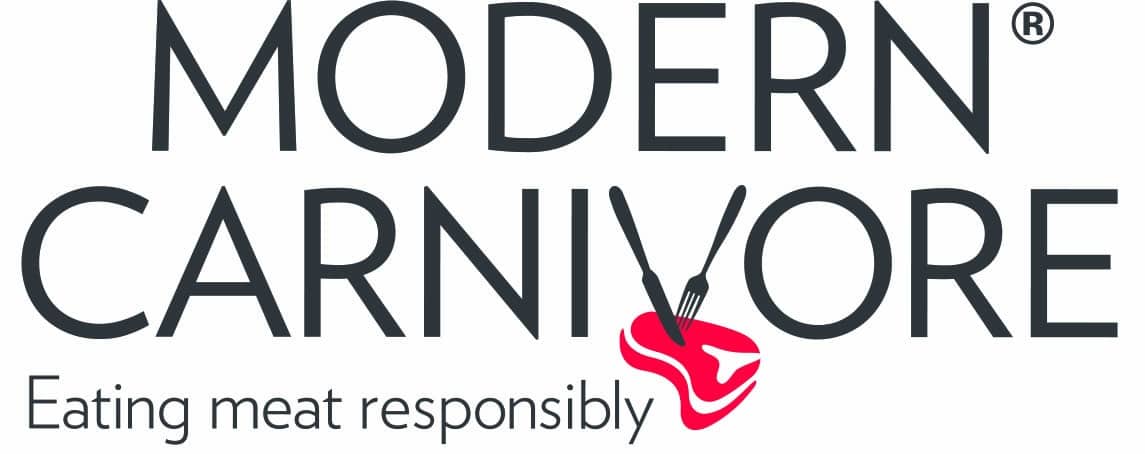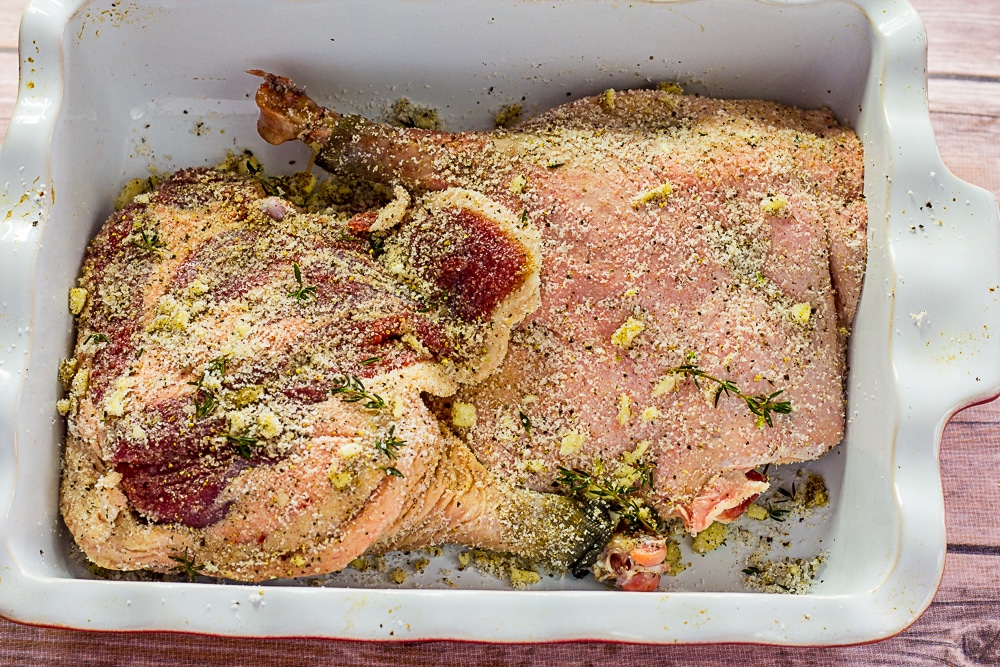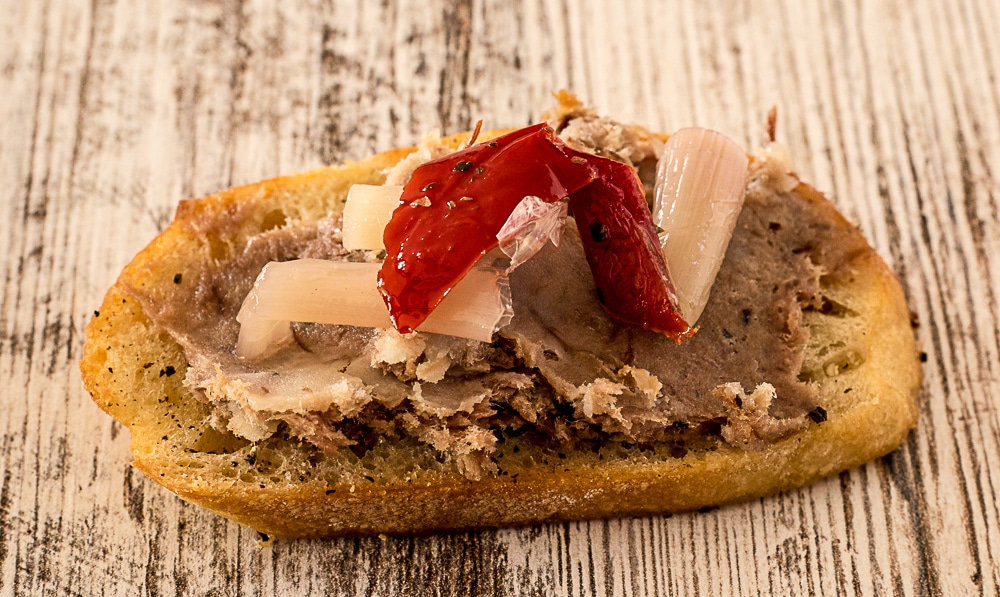Goose Rillette

Goose Rillette
A “rillette” is a french preparation of either pork or goose meat that is seasoned and cooked and then pounded or ground into a consistency that you can spread on toast, or just eat straight out of a jar. It’s not the most common of recipes in the U.S. these days, but I find it to be a perfect use for wild game confit, especially the confit I make with goose legs and thighs.
Eating Wild Game – A Personal History
I grew up in a hunting family. We hunted ducks, pheasants and deer, and occasionally grouse. Whatever we hunted we tried to eat.
When I look back on it nobody really enjoyed eating wild game. Most of the deer we shot were processed into summer sausage and snack sticks. The ducks we shot were typically over cooked and weren’t very good. The pheasants were dry and stringy and the one time I can remember eating a grouse as a kid it was thrown in the garbage.
A lot has changed since I was a kid. Now I hunt everything I can and enjoy eating wild game more than I enjoy eating anything else. It wasn’t because I was related to bad cooks. Everything else they made was delicious. I just think that the people I grew up hunting with didn’t know any better.
I remember my uncle telling me about “the best duck recipe ever”. The duck breasts would marinate in Italian dressing and then you would grill them. The end result was dry and stringy and tasted slightly of Italian dressing.
I wanted to shoot squirrels when I was younger but was told there is no meat on them, and besides, they were “no good”.
I was told that the legs and thighs of most birds were indelibly tough and should not be used.
Most of what I was taught about eating wild game was false. It took me many years and a lot of trying to get over some of the biases I developed as a kid.
My point here is that if you spend a little time learning the best ways to cook different animals and parts of animals almost anything can be turned into a delicacy. I have hunted with a lot of people over the years that have breasted out every duck, goose, and upland bird they have shot. I went to my state’s Governor’s Pheasant opener one season and watched in horror as the leg and thigh portions of dozens of pheasants were thrown out.
Save Me The Legs!
Whenever my buddies are out in South Dakota. I always ask them to save the leg and thighs of the pheasants for me. There might not be a ton of meat on one pheasant’s legs but when you bring back 15 pheasants that’s 30 leg and thighs. Now THAT is a lot of meat. Most people just don’t know how to cook those portions. Or they have had them cooked poorly and they were no good. For most leg and thighs of any waterfowl or upland bird braises are almost always a success. The leg and thigh portions of three to four ducks is more than enough to make tacos or stew.
Begin with Confit
One of my favorite things to do is to confit the legs of wild birds. Confit is an ancient technique for preserving meats in their own fat. It basically works like this, you put together a cure of salt and sugar with garlic and herbs and rub the leg and thigh portions. After letting them sit overnight in the fridge you rinse them off and pat them dry. Then you cover them in rendered fat and slow cook them for many hours until the meat is so soft it falls off the bone. By itself, confit meat is so delicious that it would change even the most skeptical person into a true believer of wild game. For this rillette recipe you’ll need to have the goose confit so check out my recipe for Wild Game Confit first and then continue below.
Beyond Wild Game Confit
Once you have gone through the wild game confit process you are ready to make the rillettes. Pull the meat off the leg and thigh bones after you have confit’d them. You then chop the meat and mix it with some of the fat it was cooked in. Alternatively you can use a stand mixer with a paddle attachment to break the meat down. I like the stand mixer because it gives you a smoother texture and makes it more spreadable. As you run the mixer you can season the meat with salt and pepper. Slowly add some fat back in until it reaches the consistency you would like. I like to pack the rillettes in an 8-ounce jar and then keep them in the freezer until I want to use them.
This method of cooking can be used on almost anything. I have confit’d and made rillettes from pheasant legs, sandhill cranes, squirrels, rabbits, and even muskrats. The rillettes are very fatty and are best served with something acidic. I like to serve mine with pickled veggies or chutney.
Recipe: Goose Rillettes
2 goose legs confit
½ cup plus one tablespoon rendered goose fat, reserved from the goose confit
1 tablespoon freshly ground pepper
Salt to taste (I prefer sea salt)
Remove the goose meat from the bones, while the goose confit is still warm. Shred the goose meat slightly in your hands and place the chunks in the bowl of a stand mixer with a paddle attachment.
Add the goose fat, and salt and pepper to taste to the goose meat. Process all the ingredients just until the meat is shredded and the ingredients are mixed.
Put the goose rillette mixture in a terrine and press lightly to mold the rillettes into a rectangular shape, or spoon into ramekins. If the rillettes will not be used immediately (within a few days) cover the top of the terrine or ramekins with reserved goose fat. Store for up to one week in the refrigerator or in the freezer.



